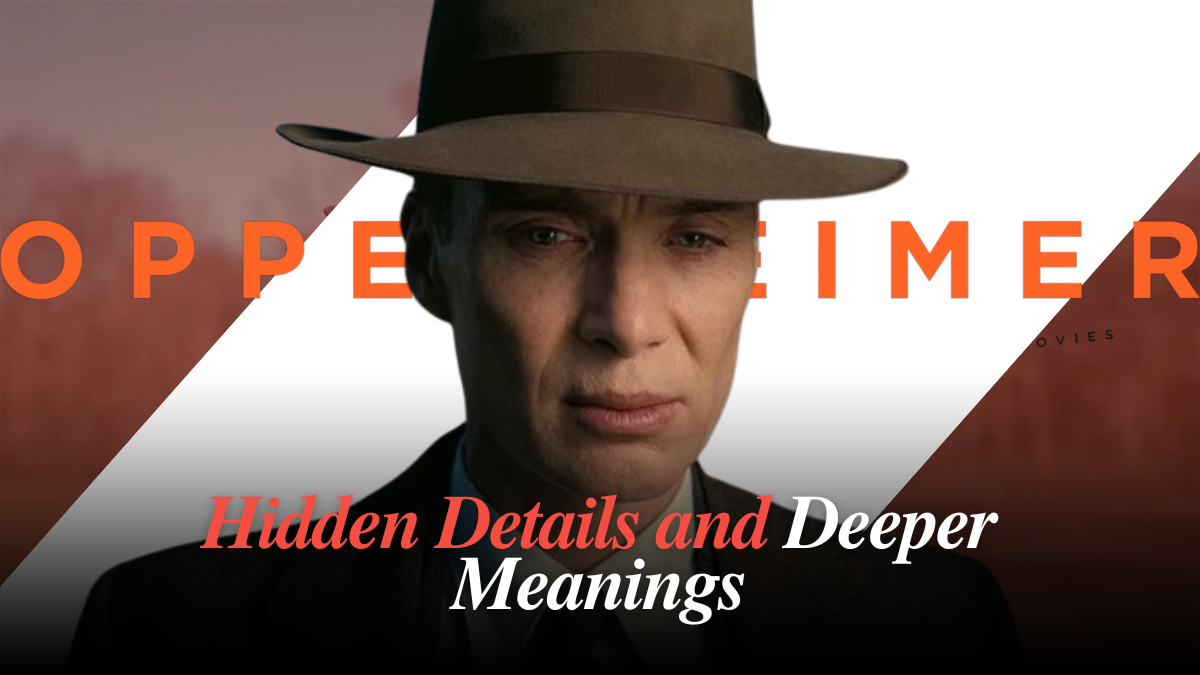Introduction
Christopher Nolan’s film Oppenheimer has captivated audiences worldwide with its layered storytelling, historical depth, and attention to detail. As a movie about one of history’s most significant scientific achievements and moral dilemmas, it offers much more than what meets the eye. From nuanced character portrayals to subtle visual and audio cues, the film is a treasure trove of hidden details that enrich its narrative. This article explores 21 incredible Easter eggs, symbolic elements, and thoughtful choices made by the director that make Oppenheimer a masterpiece.
1. The Genius of Oppenheimer’s Resilience
In one of the early scenes, before the pivotal Trinity test, everyone reacts to the loud noise and falling debris from a smaller test. Everyone except Oppenheimer remains unshaken. This subtle yet significant moment illustrates his focus and determination. Nolan’s deliberate direction ensured that Cillian Murphy’s portrayal of Oppenheimer reflected a man deeply committed to his mission, unaffected by minor disruptions.
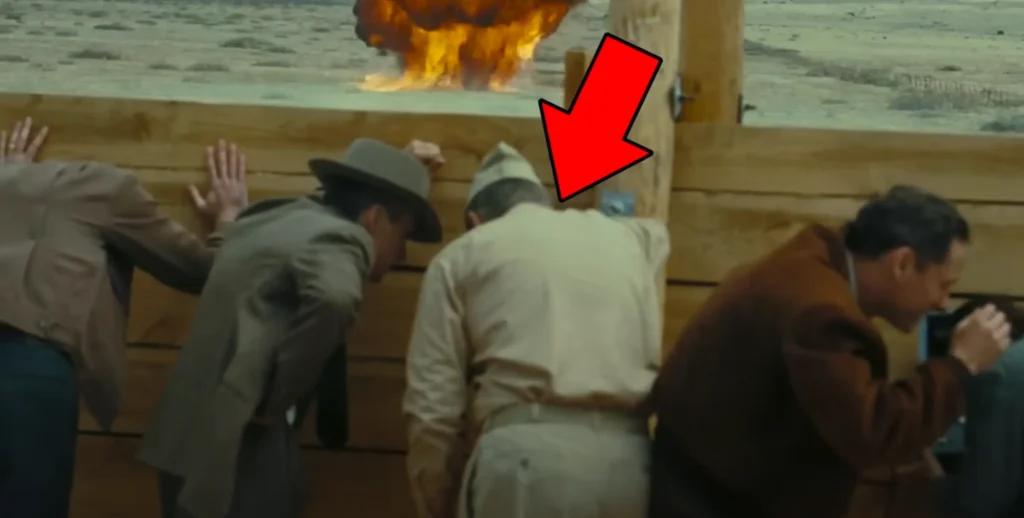
2. The Countdown That Parallels Reality
An intriguing connection arises in the scene where Oppenheimer predicts the time it will take for the Trinity test to confirm success or failure—exactly 1 hour and 58 minutes. Coincidentally, this matches the runtime of the movie until the explosion is depicted. This alignment underscores Nolan’s meticulous attention to timing and detail, blurring the line between film and reality.
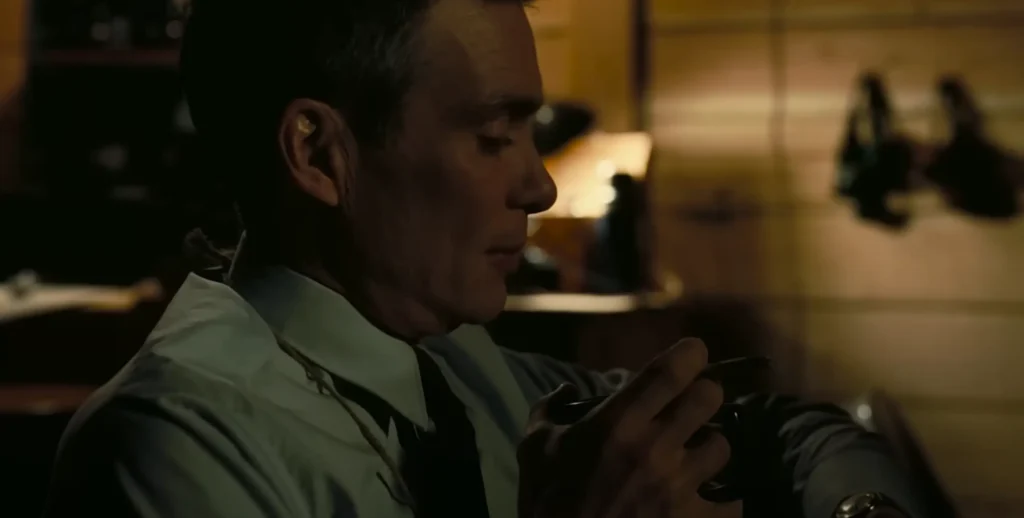
3. Historical Accuracy in Science
The movie introduces Niels Bohr, a legendary physicist whose atomic model revolutionized quantum theory. A chalkboard in his lecture features the very model Bohr is famous for. This subtle nod not only grounds the film in scientific authenticity but also emphasizes Oppenheimer’s significant contributions to quantum mechanics.
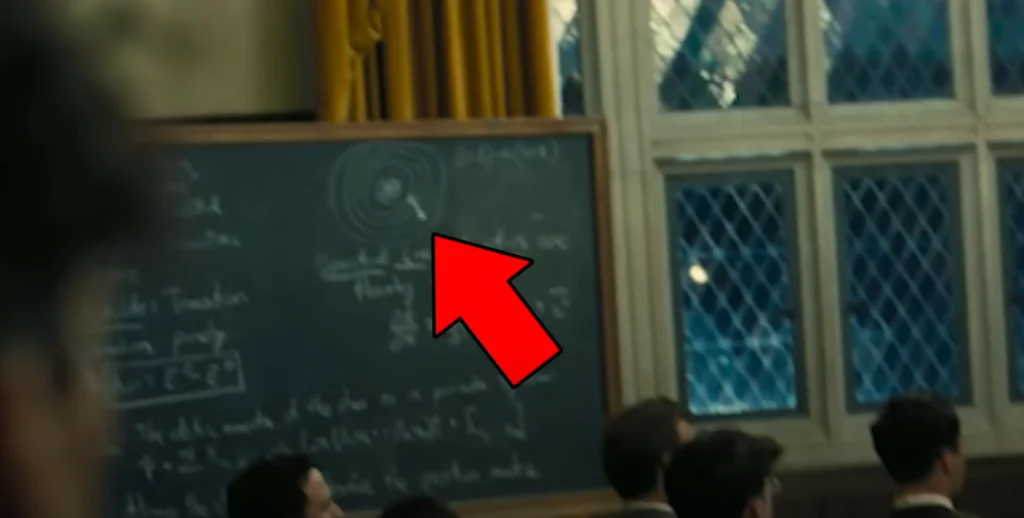
4. A Game of Surveillance
Oppenheimer’s life under surveillance is portrayed brilliantly in a scene where a lamp subtly changes overnight to conceal a recording device. This unnoticed detail reflects the meticulous efforts of the U.S. government to monitor him. Nolan ensures the audience experiences this discovery as Oppenheimer would—only realizing the change when its significance becomes apparent.
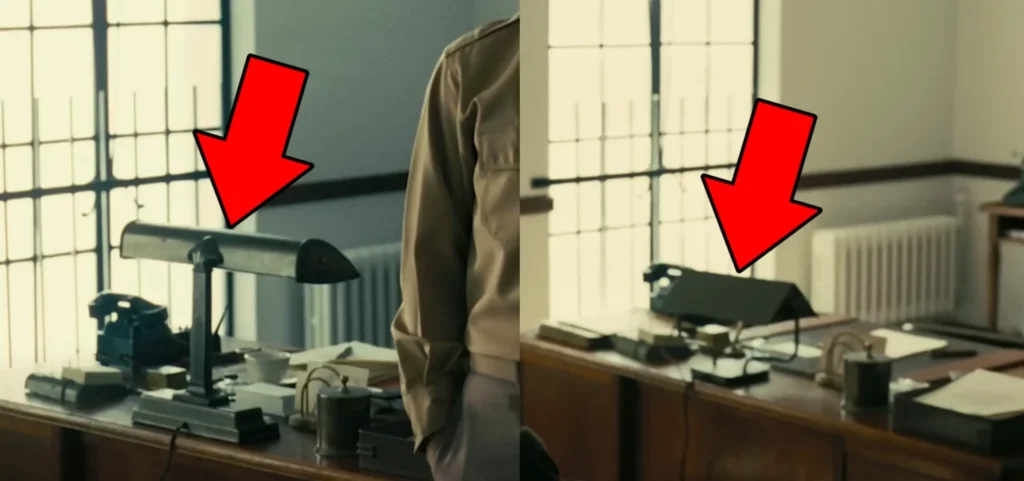
5. Symbolism in Presidential Details
During Oppenheimer’s meeting with President Truman, a painting of José de San Martín, an Argentinian independence hero, hangs in the Oval Office. This accurate historical reference adds authenticity to the scene, showcasing Nolan’s commitment to replicating even minor details of the time.
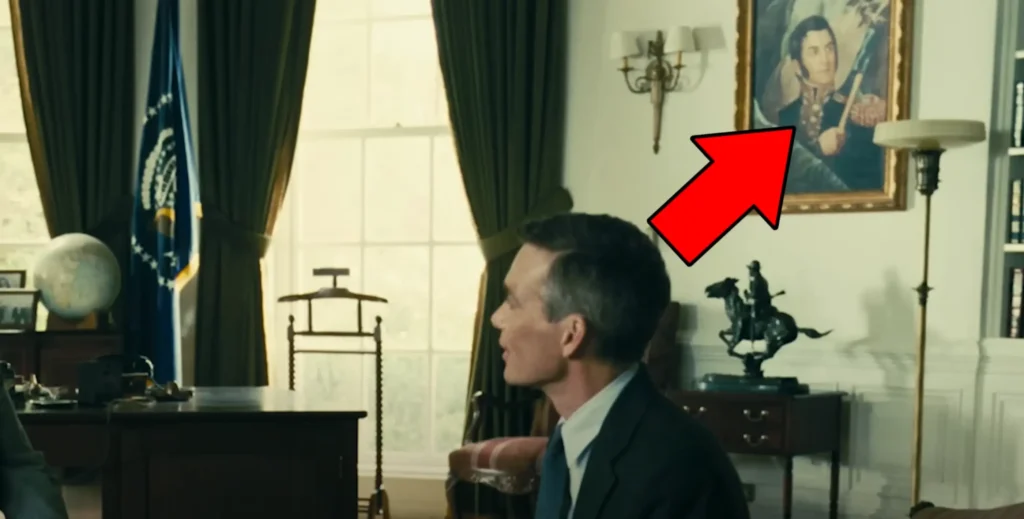
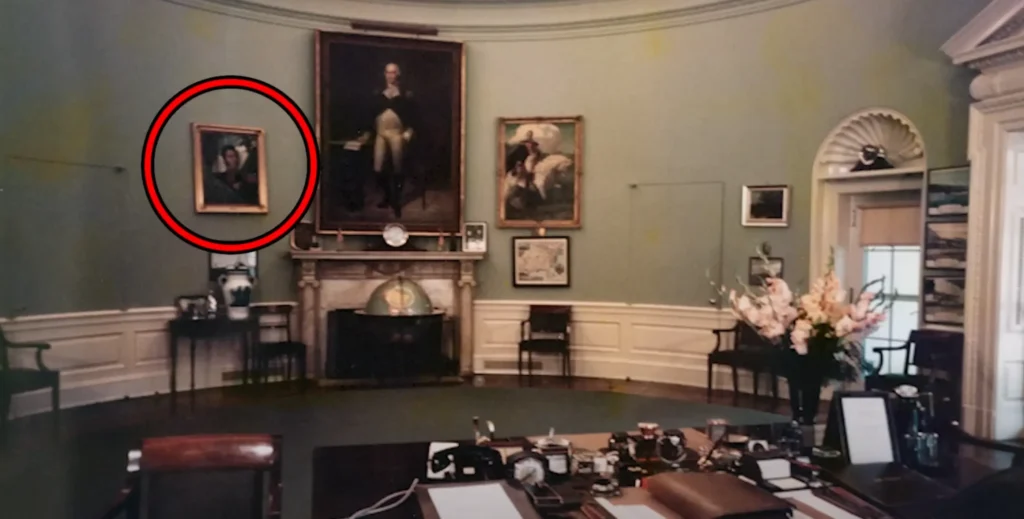
6. The Stomping Noise and Its Dual Meaning
Throughout the film, rhythmic stomping noises symbolize both Oppenheimer’s inner turmoil and the scientific concept of a nuclear chain reaction. Initially heard during moments of anxiety, the sound grows louder and more intense, mirroring his rising guilt and the unstoppable momentum of his creation. In a chilling culmination, the noise reaches its loudest just as Oppenheimer reflects on the bomb’s devastating global implications.
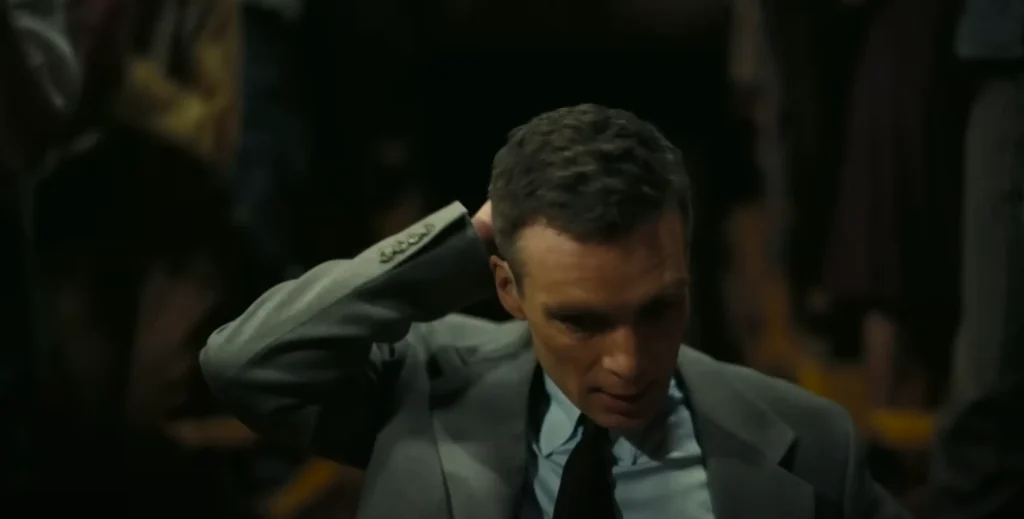
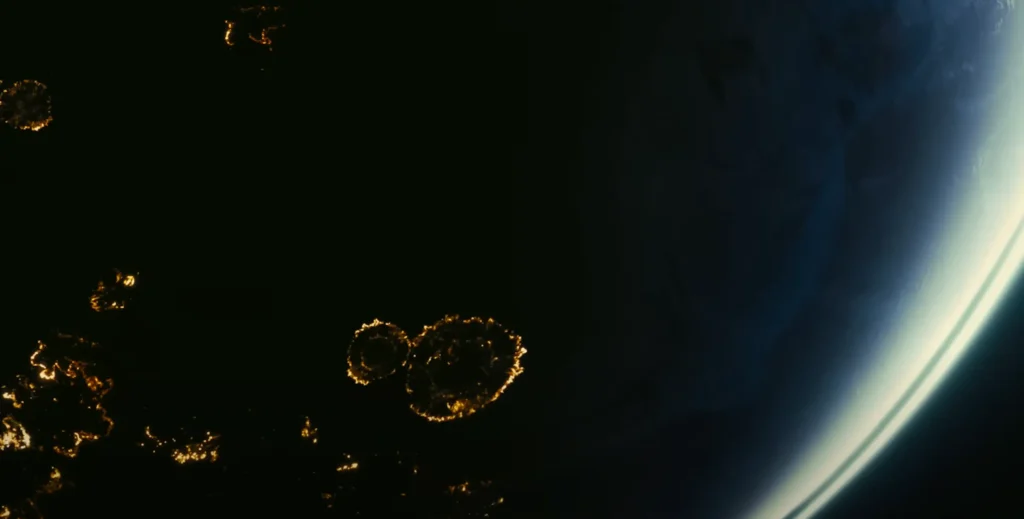
7. Left-Handed Scientists: A Subtle Tribute
The movie frequently shows left-handed individuals working on the Manhattan Project. This inclusion honors the real-life prevalence of left-handed scientists at the time, adding another layer of historical authenticity.
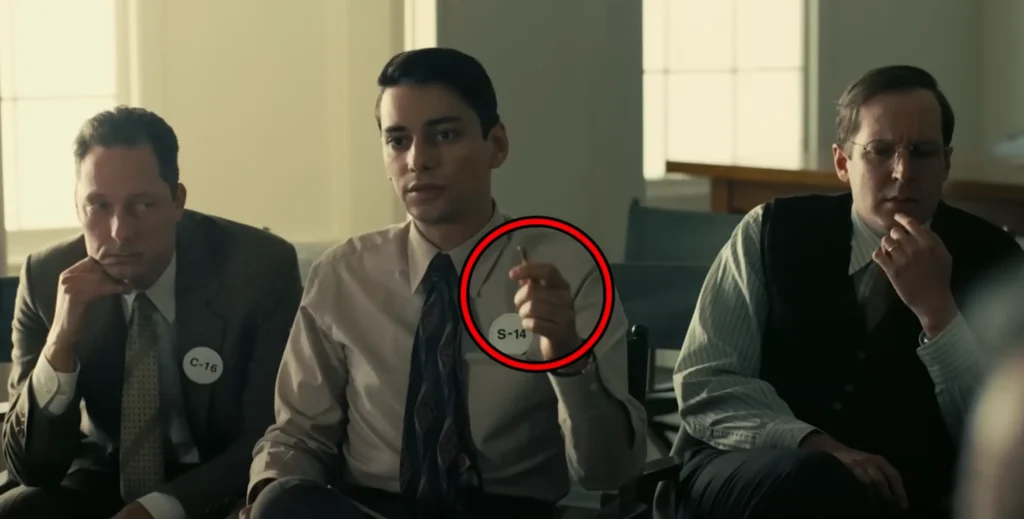
8. Dismissing a Nuclear Rival
President Truman’s disbelief that the Soviet Union could develop its own atomic bomb reflects a historical truth. When the Soviets detonated their bomb in 1949, Truman was so surprised that he ordered a double-check of the reports. This moment in the movie captures both the arrogance and underestimation prevalent in that era.
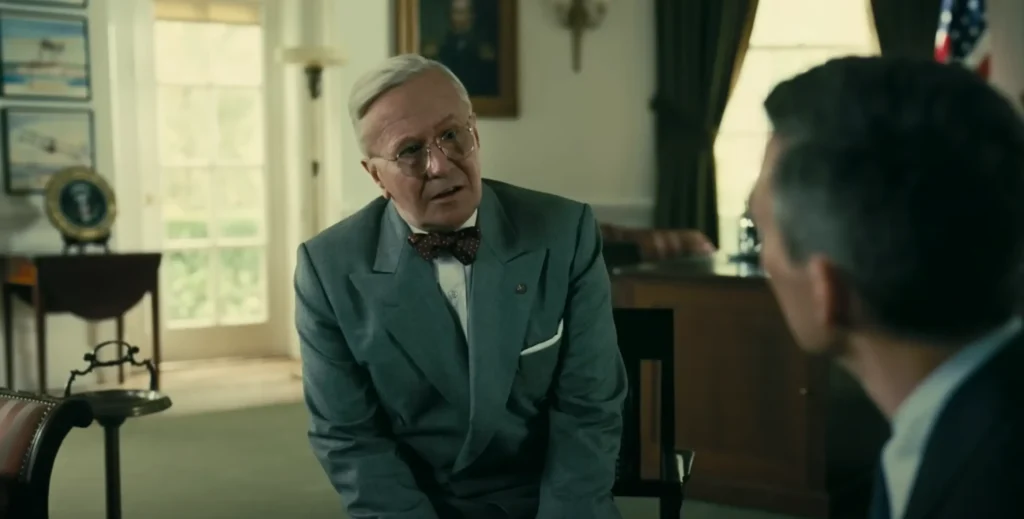
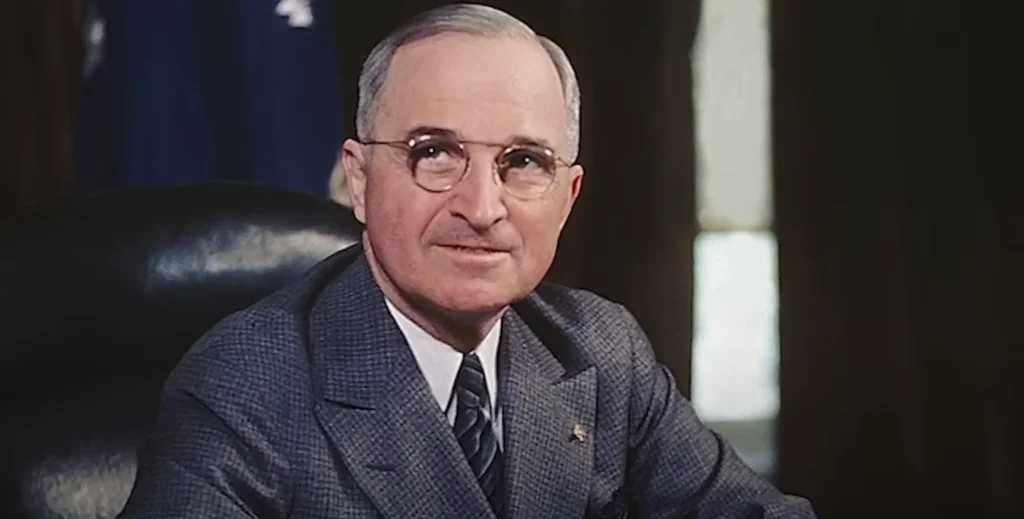
9. Growing Attention to Controversy
The Senate hearings for Lewis Strauss showcase an increasing audience size as the hearings progress. This visual cue mirrors the growing public interest in his controversial nomination as Secretary of Commerce. The evolving background subtly illustrates how national attention intensified over time.
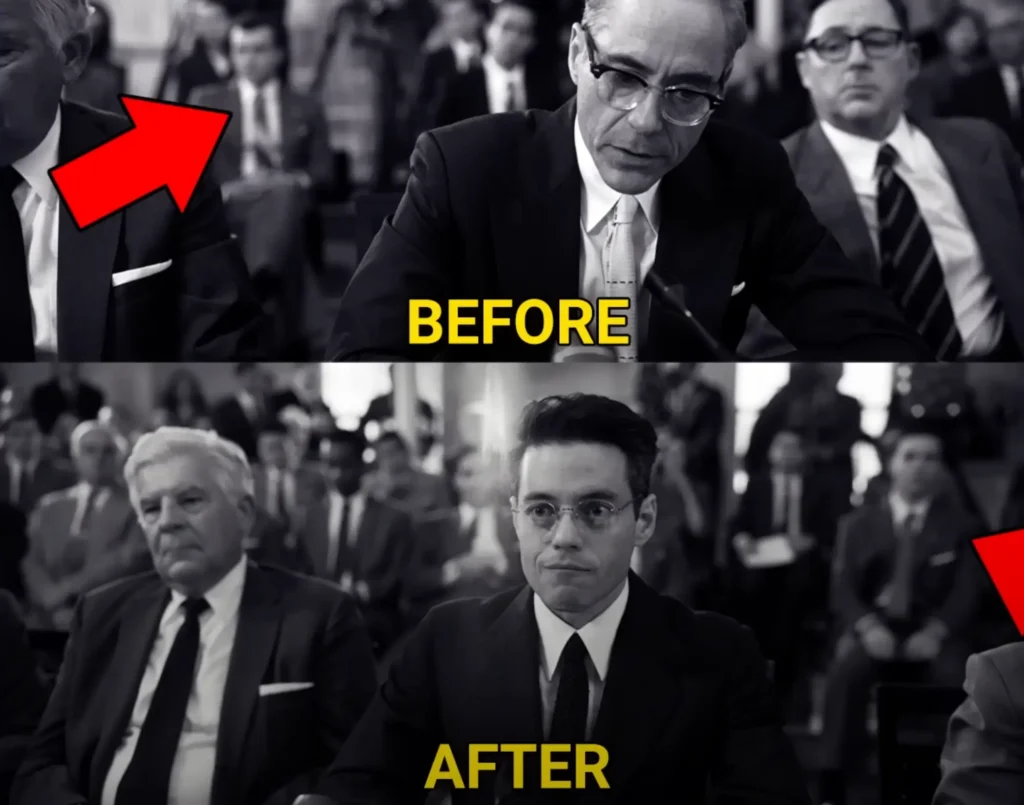
10. Disturbing Imagery: A Daughter’s Contribution
A harrowing vision of a woman with peeling skin, reflecting the horrors of Hiroshima, is played by Christopher Nolan’s own daughter, Flora Nolan. This detail adds a personal touch to one of the film’s most emotionally charged moments.
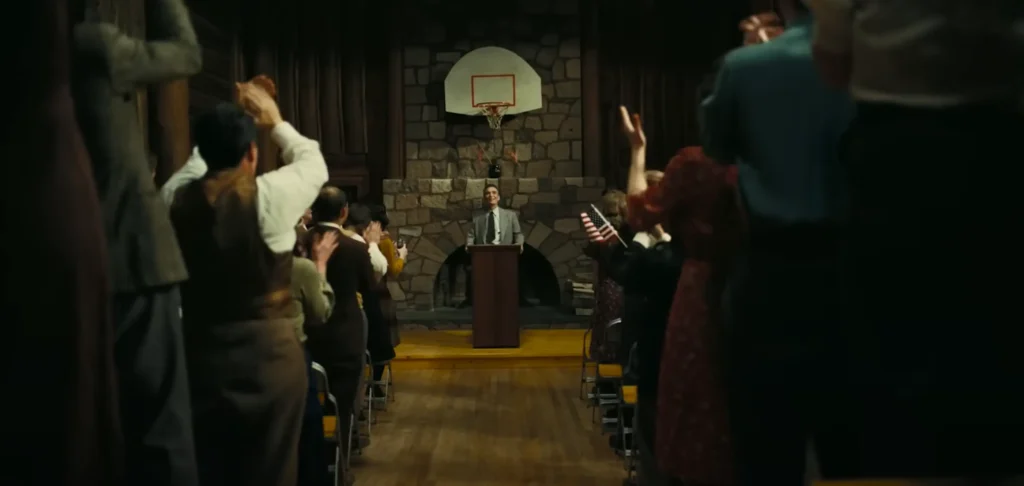
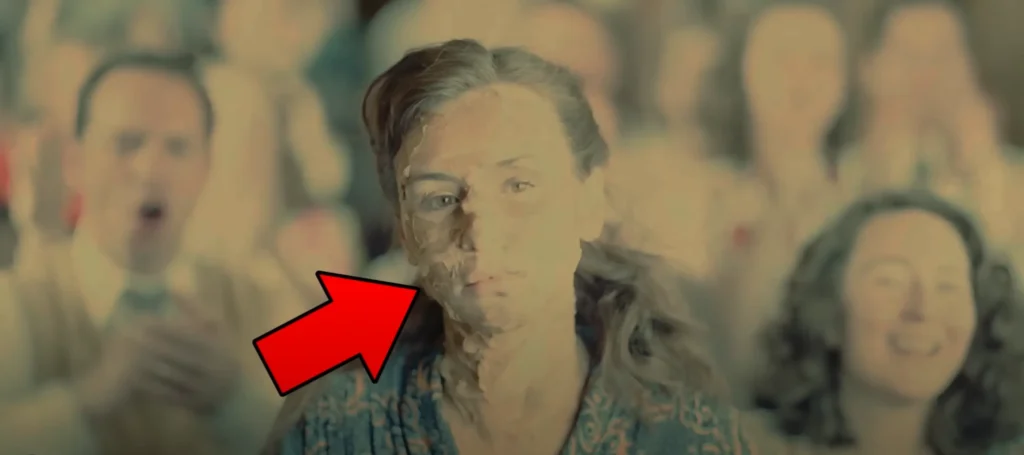
11. Fusion and Fission: Symbolic Opposites
The opening title cards subtly contrast Oppenheimer’s internal conflict with Lewis Strauss’s relentless ambition. This clever parallel reflects their opposing characteristics and drives the story forward with dramatic tension.
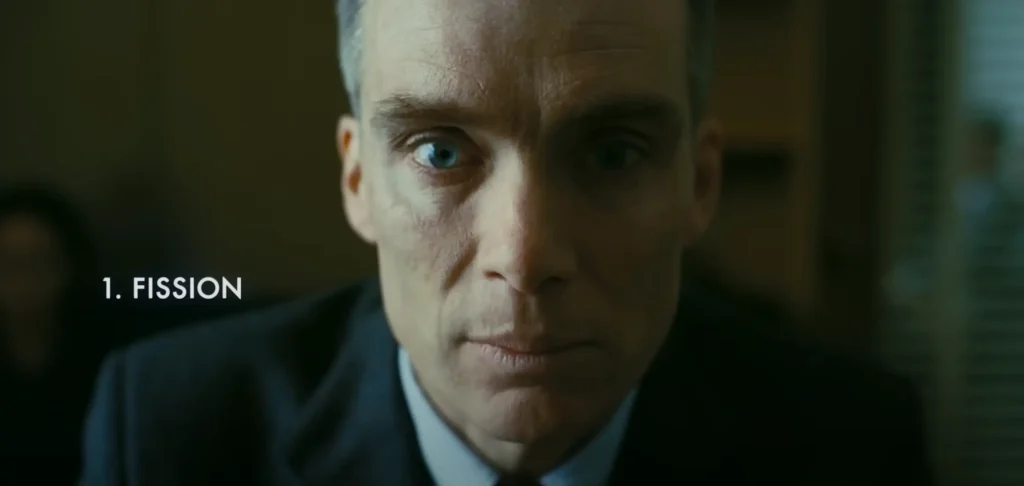
12. A Spy’s Hidden Intentions
The movie foreshadows Klaus Fuchs’s betrayal through his behavior during bomb tests. Unlike others, Fuchs is seen observing the tests rather than focusing on safety instructions, hinting at his covert mission to gather intelligence for the Soviets.
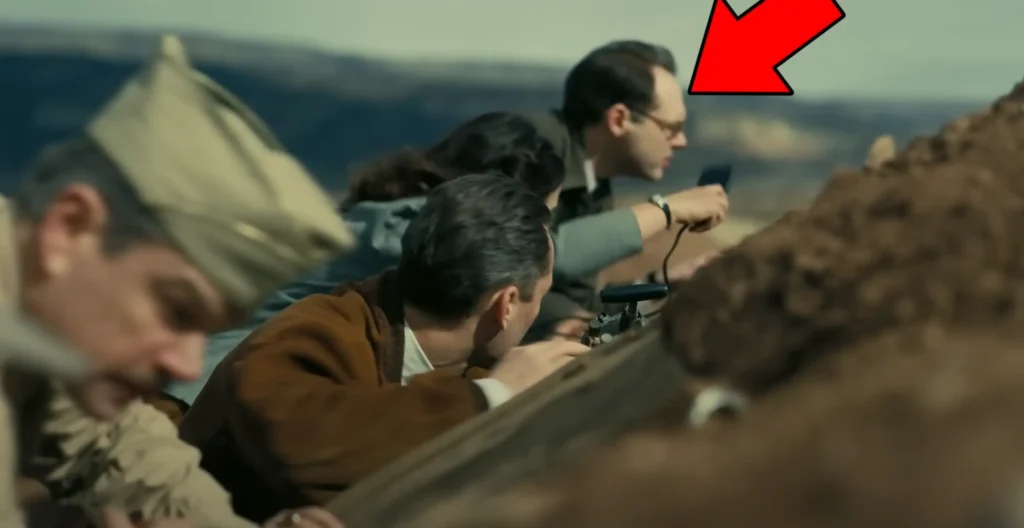
13. Visual Passage of Time
General Leslie Groves’ rank insignia changes throughout the movie, from a colonel to a major general. This subtle visual cue serves as one of the few indicators of the film’s timeline progression.
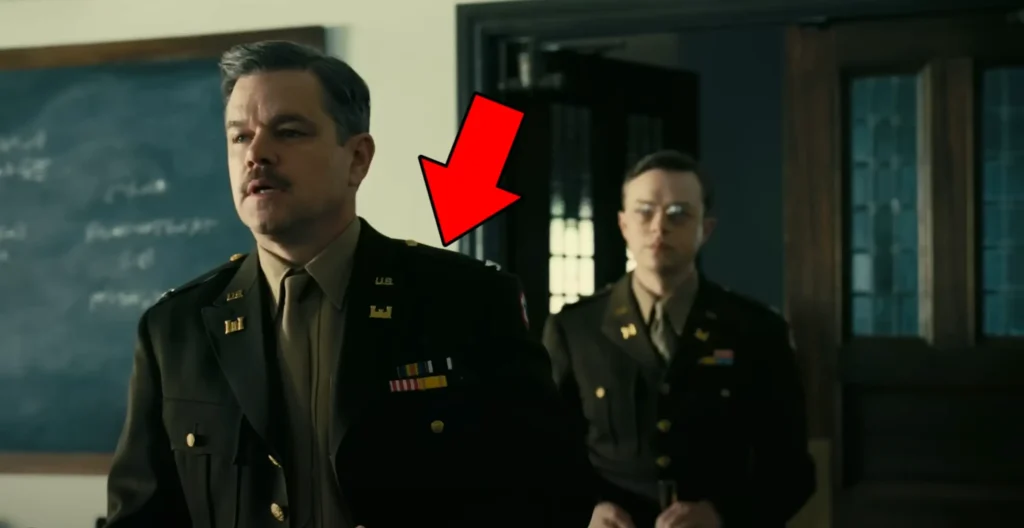
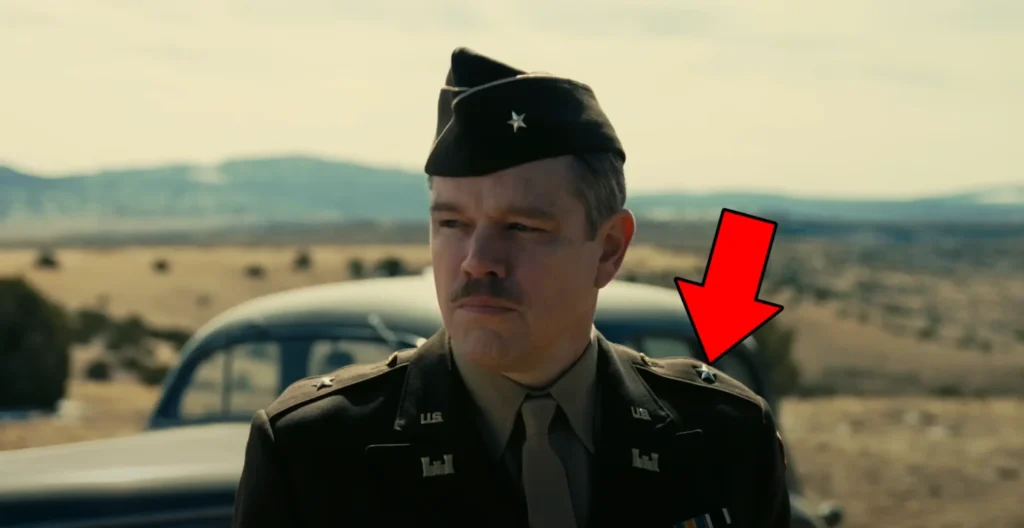
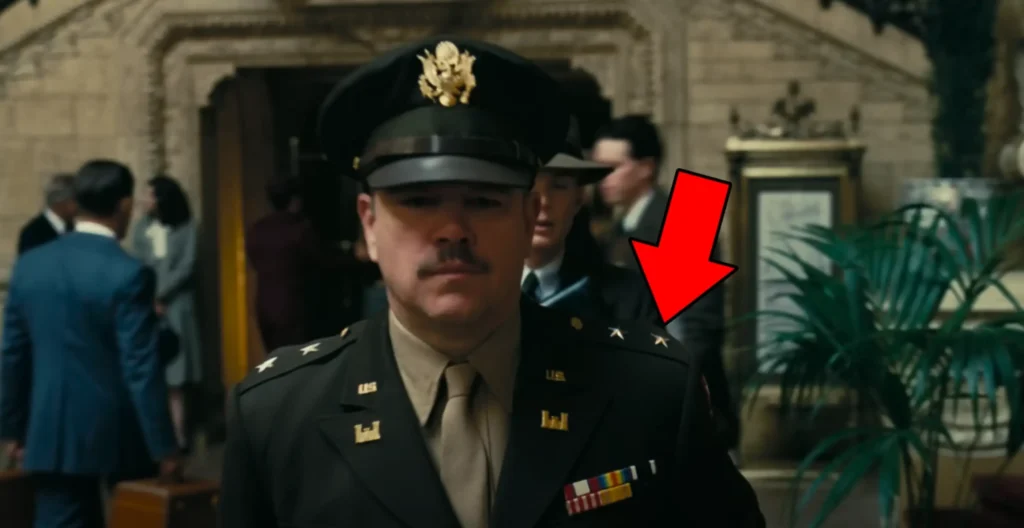
14. Ginkgo Trees and Survival
The curtains in Oppenheimer’s home feature ginkgo tree leaves, a nod to the trees that famously survived the Hiroshima bombing. This detail subtly connects Oppenheimer’s domestic life to the broader narrative of destruction and survival.
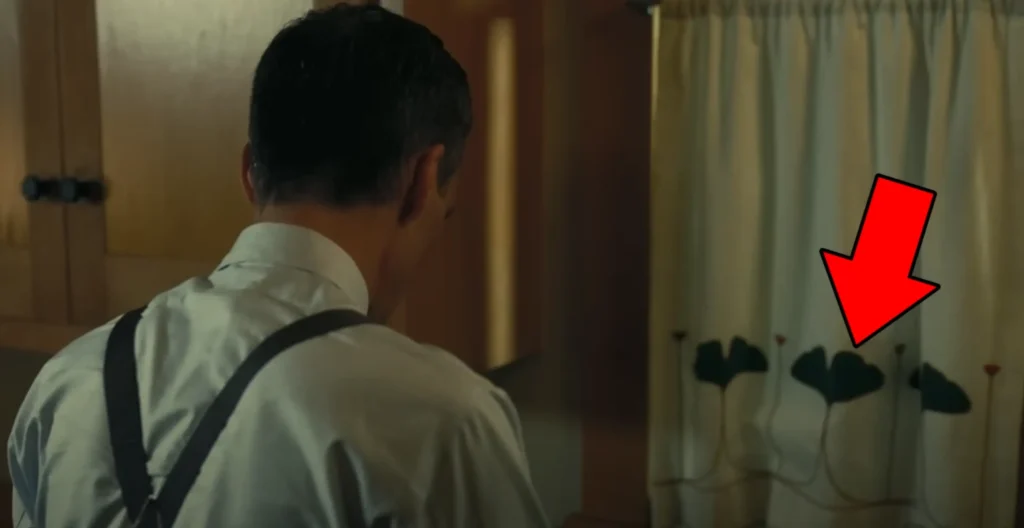
15. Historical Badges
The identification badge worn by Oppenheimer at Los Alamos is historically accurate, down to the “K6” label. Such attention to detail reinforces the film’s authenticity and respect for history.
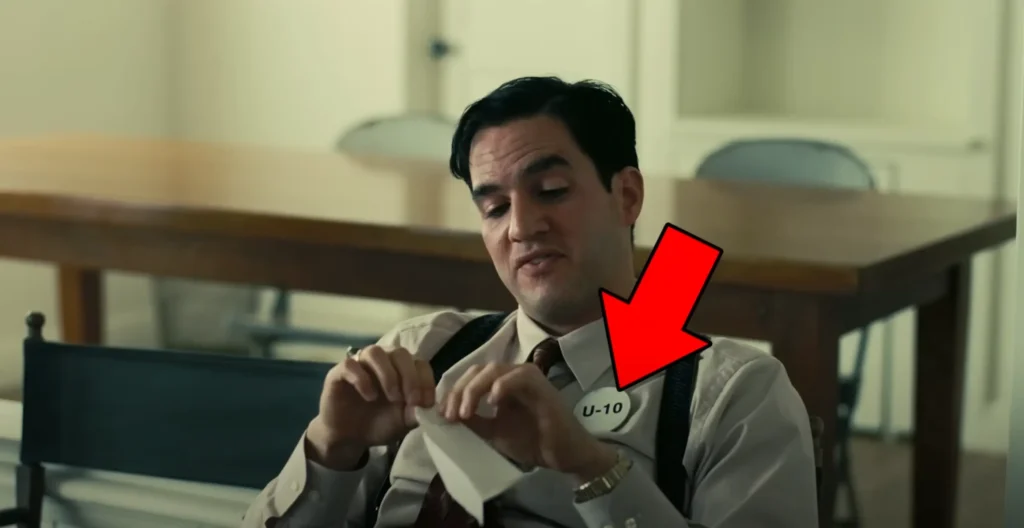
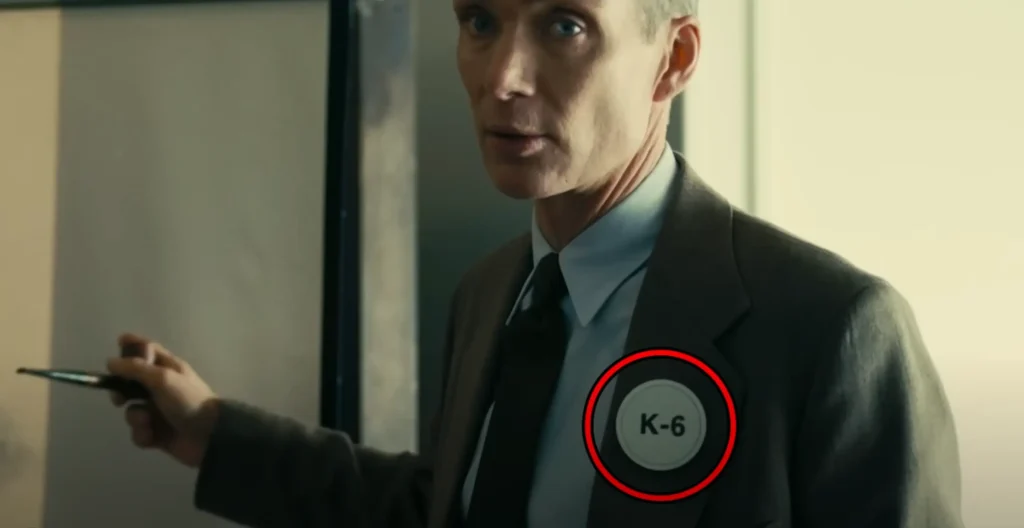
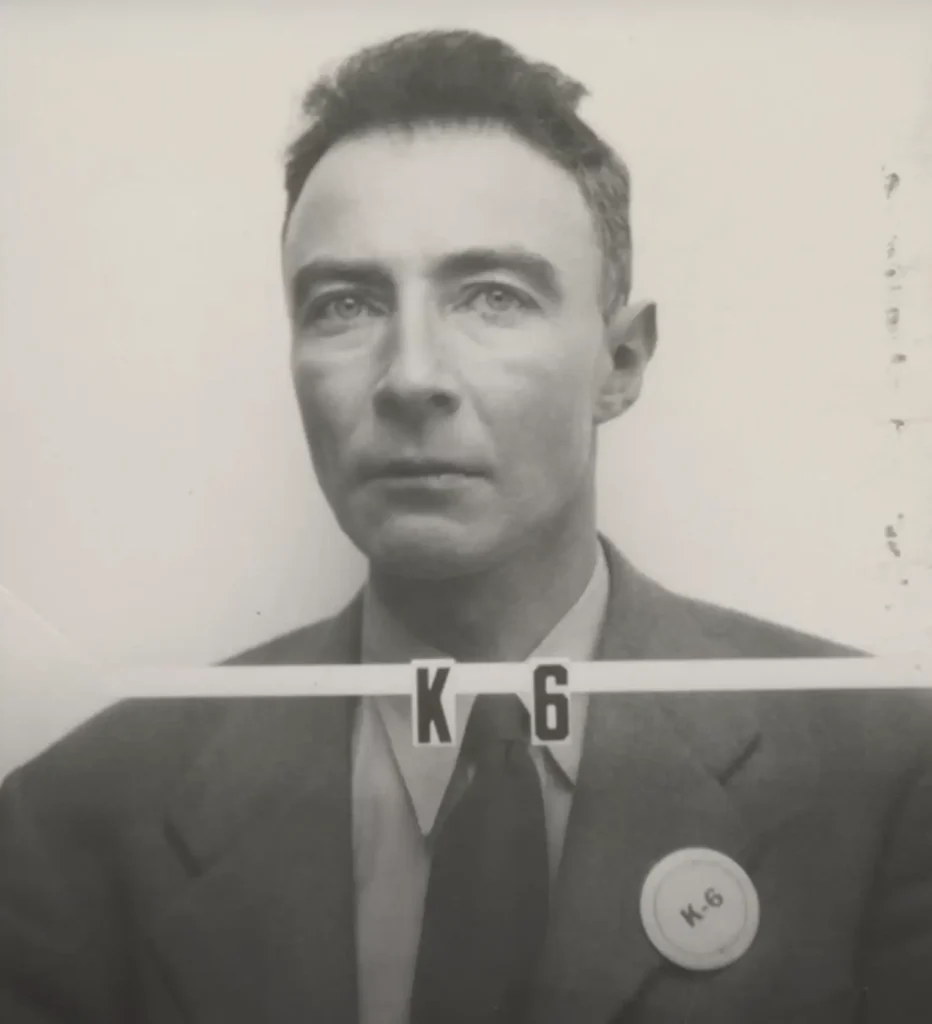
16. Hidden Clocks and Countdown Parallels
A countdown display in the movie stops at 43 seconds—a subtle reference to the time it took for the Hiroshima bomb to detonate after being dropped. Nolan’s inclusion of this Easter egg adds another layer of meaning for attentive viewers.
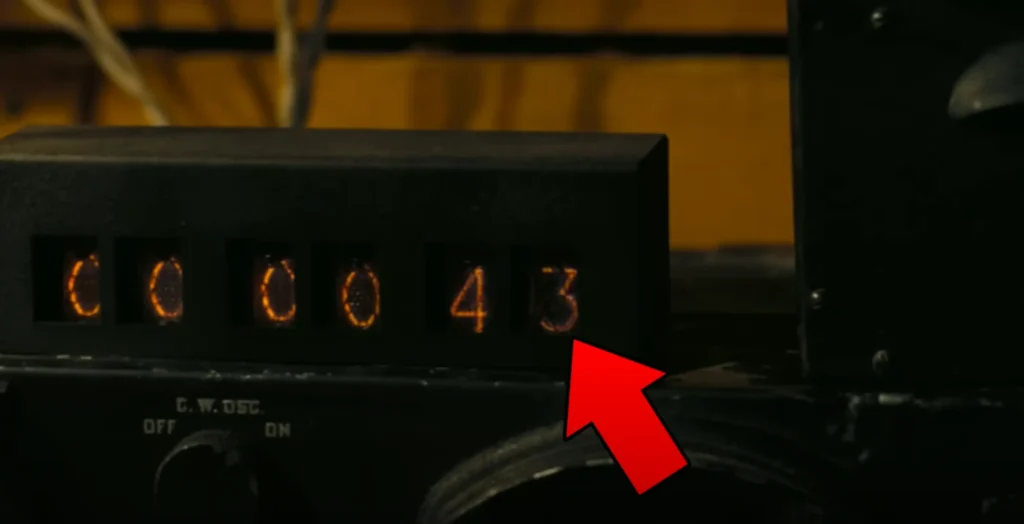
17. Authentic Set Design
The UC Berkeley classroom where Oppenheimer teaches is an exact replica of his real-life office, complete with era-appropriate desks. This level of authenticity immerses viewers in the historical setting.
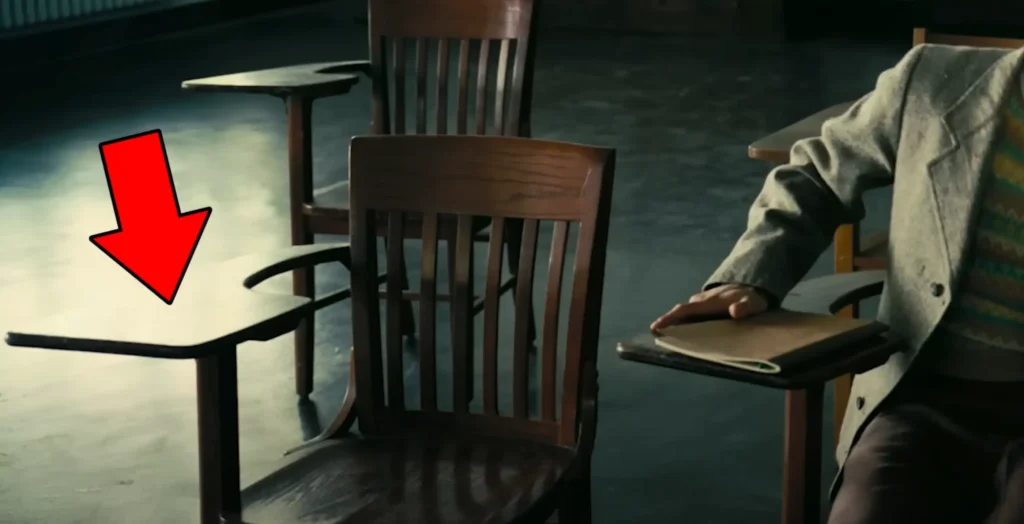
18. Symbolism in Einstein’s Actions
Albert Einstein is seen tossing a stone in one scene—a playful nod to the literal translation of his name (“stone” in German). This small yet thoughtful inclusion highlights Nolan’s knack for infusing meaning into minor details.
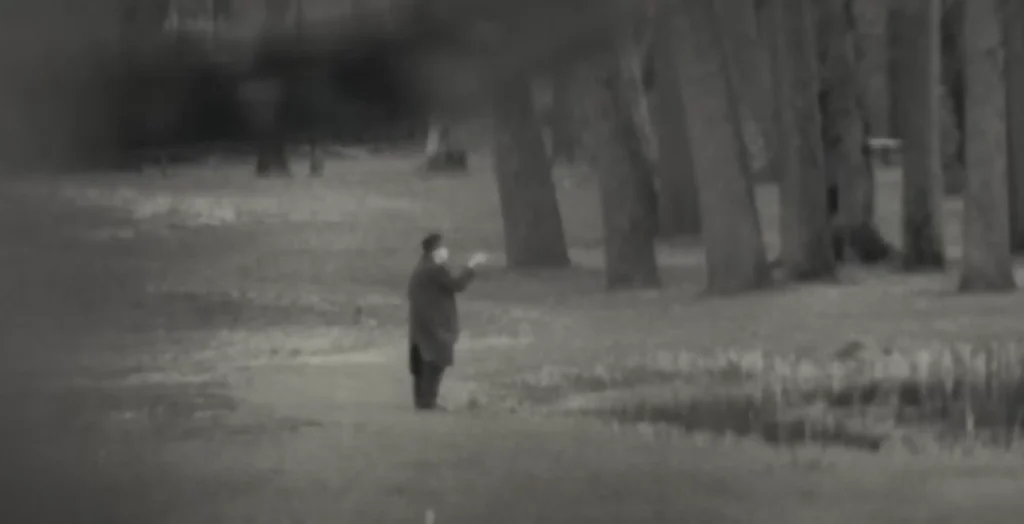
19. Historical Remarks
President Truman’s dismissal of Oppenheimer as a “crybaby” is not fictionalized. The line, along with the handkerchief gesture, reflects Truman’s actual sentiments after their meeting, grounding the scene in historical truth.
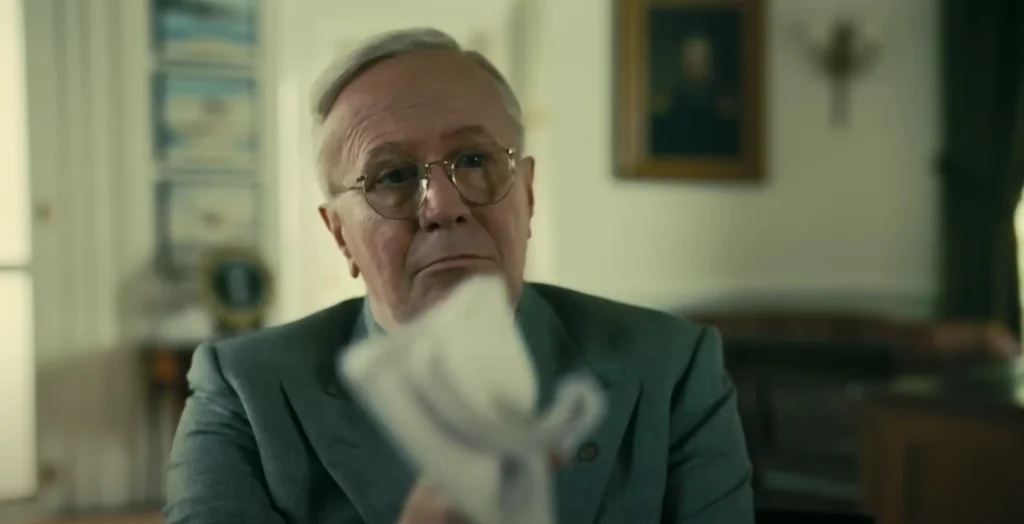
20. Jean Tatlock’s Death: A Guilt-Driven Vision
When Oppenheimer envisions Jean Tatlock’s death, he imagines a black-gloved hand pushing her into the bathtub. This haunting image symbolizes his own feelings of responsibility for her tragic demise, reflecting his ongoing internal struggle with guilt.
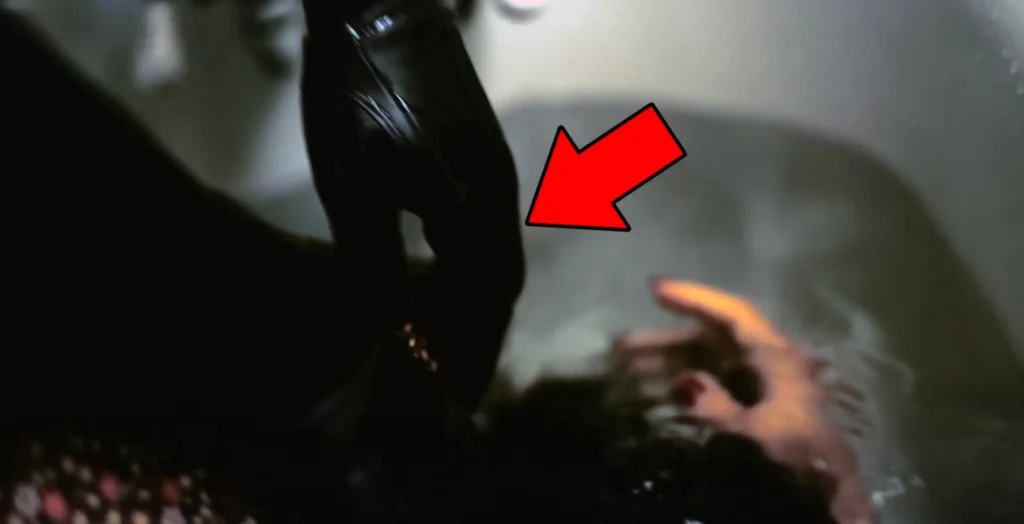
21. Poetic Parallels
The film begins and ends with rain, echoing T.S. Eliot’s The Wasteland, a poem Oppenheimer is seen reading early in the movie. The poem’s themes of destruction, renewal, and uncertainty parallel the movie’s exploration of the atomic bomb’s legacy and its impact on humanity.
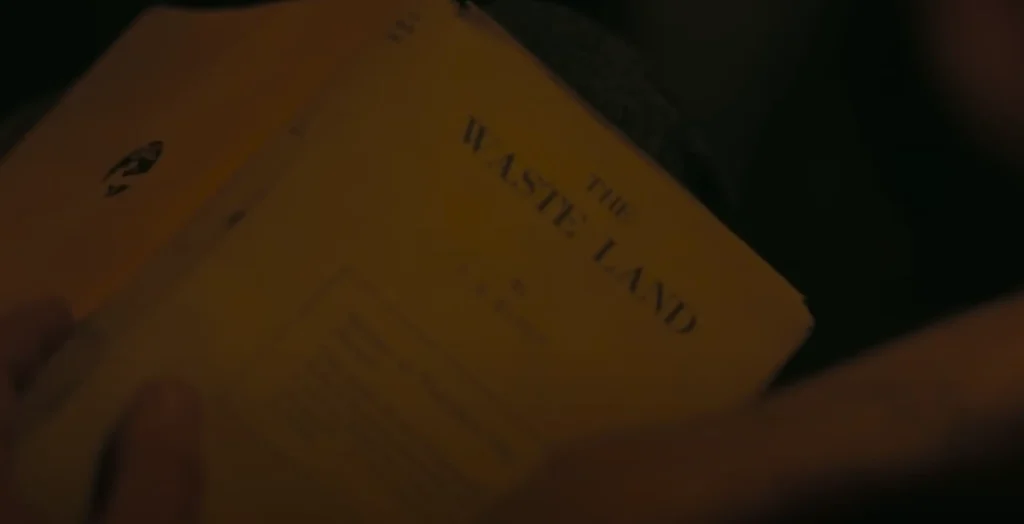
Conclusion
Christopher Nolan’s Oppenheimer is not just a historical drama; it is a cinematic masterpiece filled with layers of meaning, symbolism, and attention to detail. Each hidden element—whether visual, auditory, or thematic—adds depth to the story, making it a film that rewards multiple viewings.
Through its exploration of guilt, ambition, and humanity’s capacity for both creation and destruction, Oppenheimer challenges viewers to reflect on the consequences of scientific progress. It reminds us that behind every groundbreaking achievement lies a web of ethical dilemmas and personal sacrifices.
For those who appreciate movies that go beyond entertainment, Oppenheimer stands as a powerful testament to the enduring complexity of human history and the individuals who shape it.

